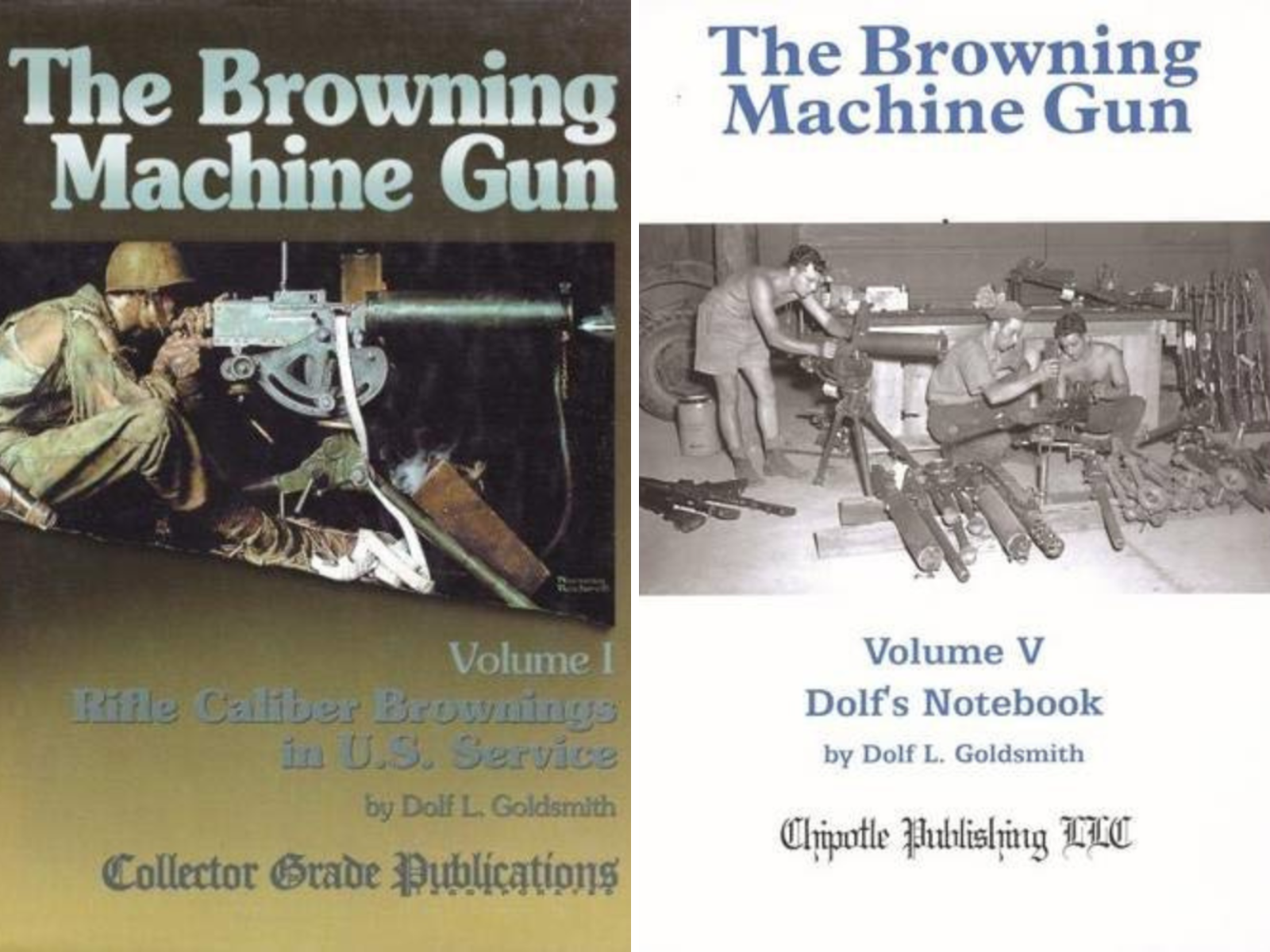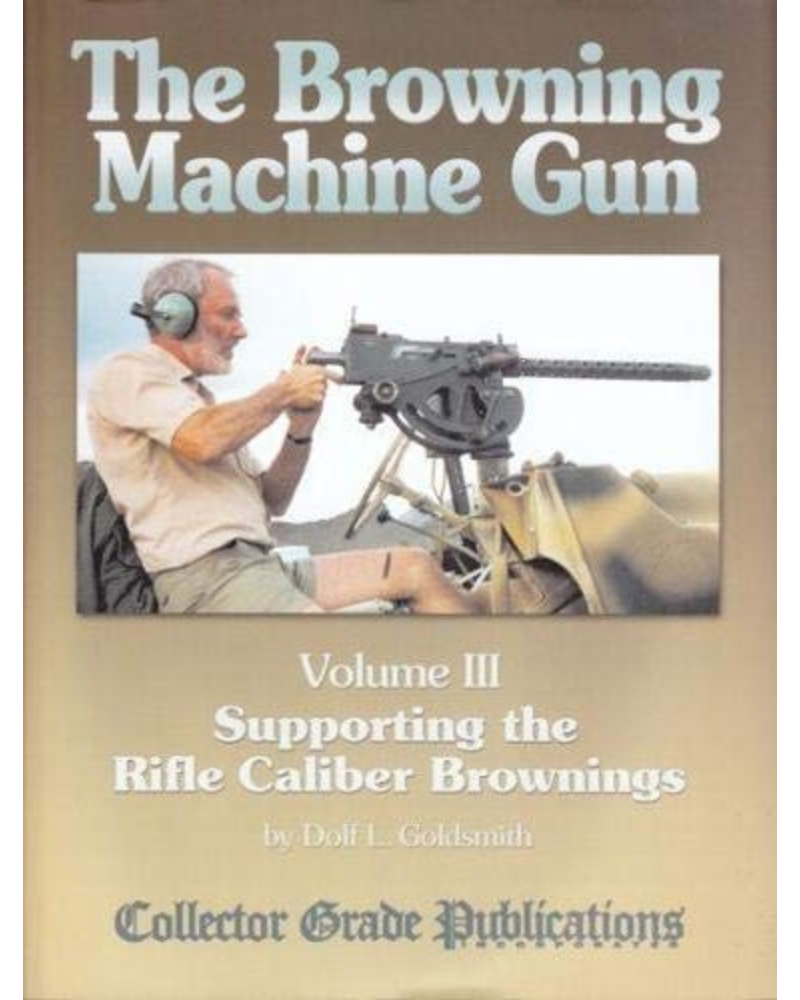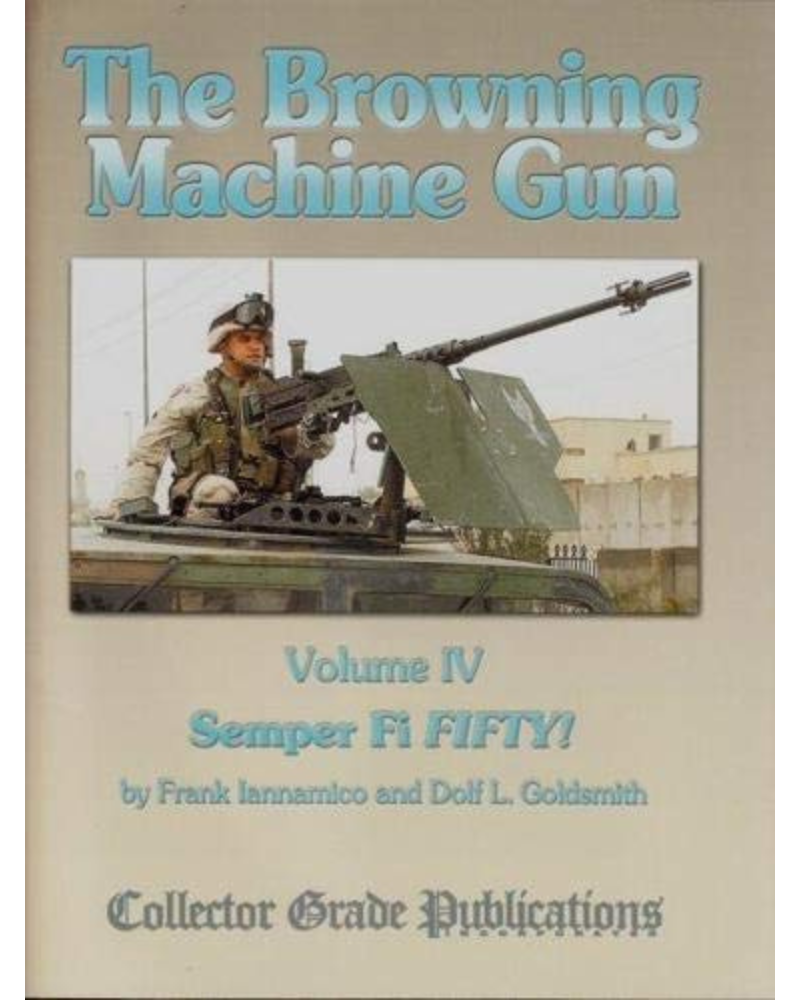In the world of military history and weaponry, few inventions have had as profound an impact as the Browning machine gun. The Browning Machine Gun Book delves into this iconic weapon's storied past, exploring its pivotal role in shaping modern warfare. This book not only documents the technical evolution of the Browning machine gun but also places it within the broader narrative of 20th-century conflicts. Through meticulous research and vivid storytelling, the author brings to life the fascinating journey of how this groundbreaking firearm transformed battlefields and influenced military strategies. Balancing detailed technical analysis with rich historical context provides readers with a comprehensive understanding of both the mechanical innovations and the human stories behind one of the most significant weapons in history. Whether you are a military enthusiast or a history buff, this book promises to offer an insightful and engaging exploration of the Browning machine gun's enduring legacy.
Browning Machinegun, Vol. I: Rifle Caliber Brownings in U.S. Service
First Edition Deluxe First Edition, 552 pages, 568 illustrations. This is the first volume of a planned multi-volume series on Browning machine guns, written by an ex-U.S. Army armorer who studied and maintained these guns and has since owned and shot a number of them in civilian life. This profusely illustrated history covers all models of the U.S. Browning, from the first "gas hammer" Model 1895 and the initial recoil-operated Models of 1901 and 1910, through the adoption and manufacture of the famous water-cooled heavy Model 1917 during World War I and the numerous Interwar experimental tank and aircraft guns, most of which were built up on surplus M1917 Tank and cavalry experiments led to the development of the air-cooled M1919A4 infantry gun, while Colt's heavy investment in the Browning system paid off handsomely in the lightweight, fast-firing, dual-feed M2 aircraft machine gun, which was sold commercially and made in large numbers during World War II. Existing stocks of the M1917 water-cooled gun were meanwhile retrofitted to the improved M1917A specification, and the failed Ordnance Department light machine gun competition, discussed in detail, resulted in the compromise M1916A6. The history of Browning manufacture by Rock Island Arsenal, Saginaw Steering Gear, and other contractors is followed by chapters recounting the heroic use of the Browning in WWII and Korea, and all subsequent variations, such as the M1919A4E1, the T151, T152, T153, and M37 tank gun, until these fine guns were phased out after the adoption of the general-purpose M60 in 1957.
The Browning Machine Gun - Rifle Caliber Browning Abroad: Volume 2
This second volume of Dolf Goldsmith's series on Browning machine guns proves beyond doubt that the rifle-caliber Browning was simply the most popular and most-used machine gun ever designed. In some ways, this book is even more engrossing than Volume I, as it describes and illustrates in considerable detail the many variations on the basic Browning which were manufactured and/or used by over twenty countries, in virtually every corner of the world, in both World Wars, in Korea and in Vietnam.
The Browning Machine Gun - Supporting the Rifle Caliber Brownings: Volume 3
This is the third volume in author Dolf Goldsmith’s monumental series on the Browning machine gun. Volume III contains in-depth coverage on component nomenclature and theory of operation; ground, vehicle, and aircraft mounts; sights and sighting equipment; flash hiders; ammunition; ammunition boxes, belts, and links; belt filling machines and link loaders; cooling equipment; transport equipment; canvas accessories; training devices (including .22 caliber guns and conversion kits); tools and gauges; caliber conversions; manuals, handbooks, and other instructions.
The Browning Machine Gun - Semper Fie Fifty: Volume 4
This is the fourth and final volume in Collector Grade's monumental series on the Browning machine gun. Volume Four covers the same basic topics as the three previous volumes but from the exclusive standpoint of the .50 caliber Browning, which has been in continuous service longer than any other weapon in the U.S. arsenal, and is still in use today in the inventories of 86 countries worldwide.
The Browning Machine Gun: Volume 5: Dolf's Notebook
This is the fifth and final volume of Dolf Goldsmith of the Browning Machine Gun series. Volume V: Dolf’s Notebook ties it all together with hints and tips for working on Browning machine guns, all culled from Dolf’s 70 years of experience and experimentation with the weapons in question. And with over 300 pages and nearly 500 illustrations, many customers suggest buying two copies; one for your reading shelf... and one to get dirty within the workshop. 307 pages, nearly 500 illustrations
Browning Machine Gun Book FAQs
Will Browning machine guns work in hard rain?
Yes, Browning machine guns are designed to operate in various weather conditions, including rain. However, precautions should be taken to prevent water from entering the weapon's mechanisms and causing malfunctions. Proper maintenance and storage procedures should also be followed to ensure the longevity of the weapon in wet environments.
Are there specific training devices for learning how to use a Browning machine gun?
Yes, there are training devices available for learning how to use a Browning machine gun. These may include .22 caliber guns or conversion kits that simulate the operation of a larger caliber machine gun. These training devices allow users to become familiar with handling and firing techniques before using a real weapon.
Can I convert my Browning machine gun to fire different types of ammunition?
In most cases, it is possible to convert a Browning machine gun to fire different types of ammunition. However, this should only be done by trained professionals and following proper procedures.
What is the history behind the development of Browning machine guns?
The original design for a recoil-operated, air-cooled machine gun was patented by John M. Browning in 1917. This design would later become known as the M1919 and would see extensive use during World War I and II.
Conclusion
The Browning machine guns have such a storied history and have been a crucial part of military operations for over a century. From its initial development by John M. Browning to its widespread use in various conflicts, the weapon has proven itself as a reliable and effective tool for soldiers. Despite advancements in technology, the Browning machine gun remains a staple in many armed forces around the world, showcasing its enduring legacy and importance in modern warfare. As with any weapon, proper training, maintenance, and storage are essential for ensuring optimal performance and safety when using a Browning machine gun. So whether it's raining or shining, you can rely on this dependable firearm to get the job done. So stay safe, stay trained, and always follow proper procedures! Order today!













